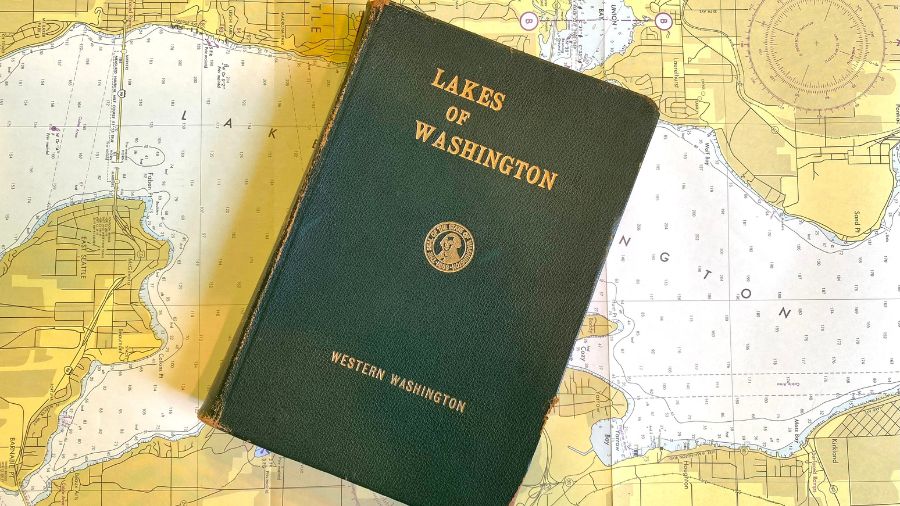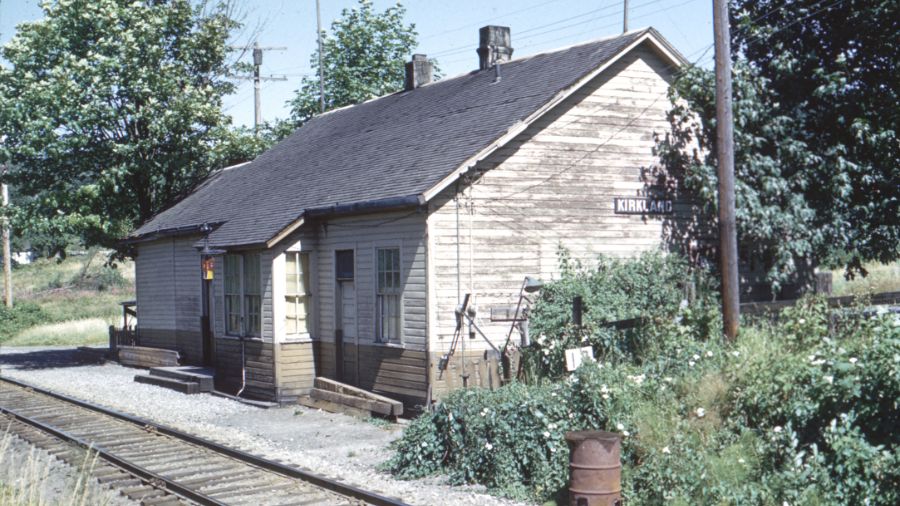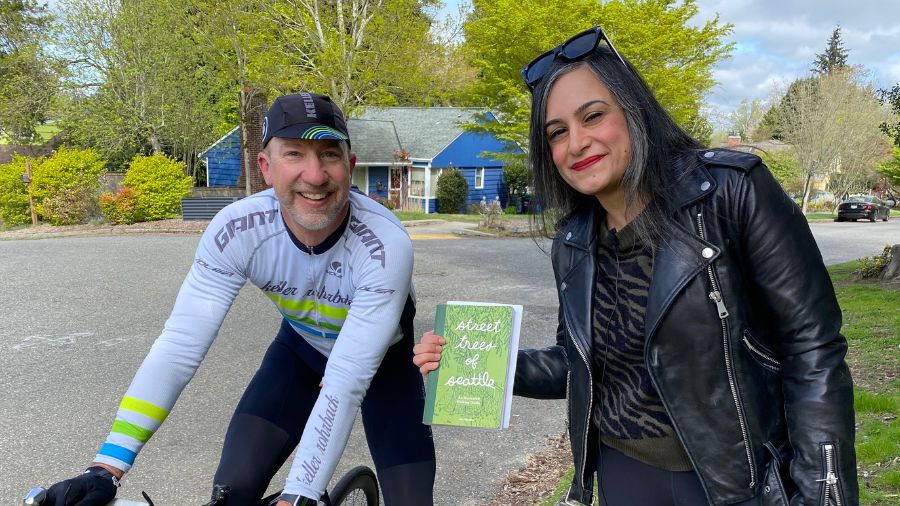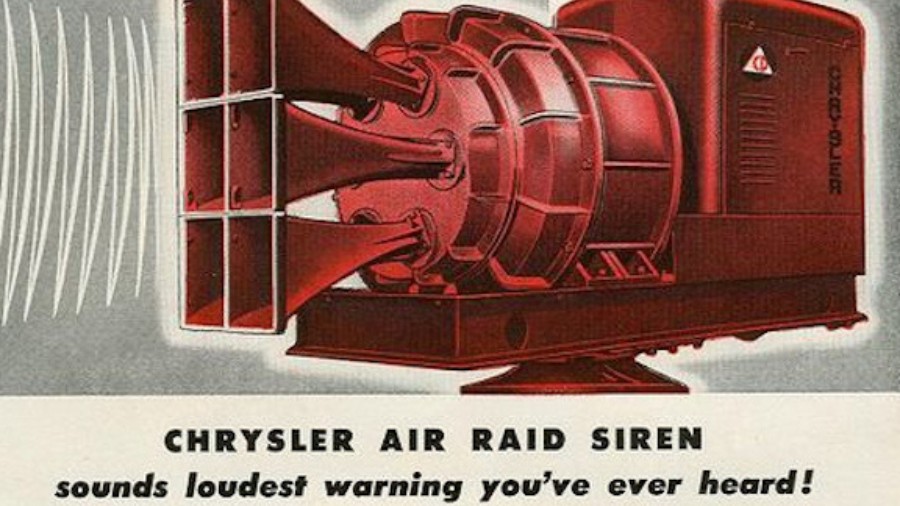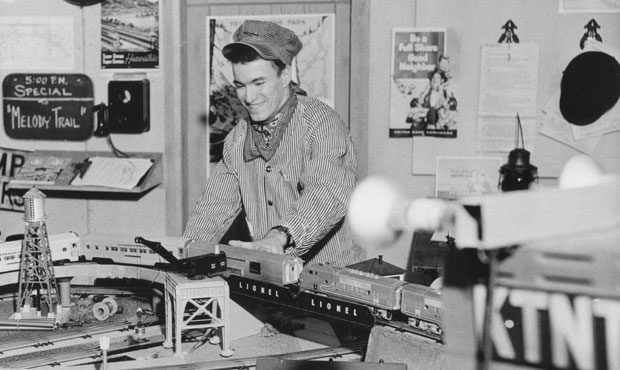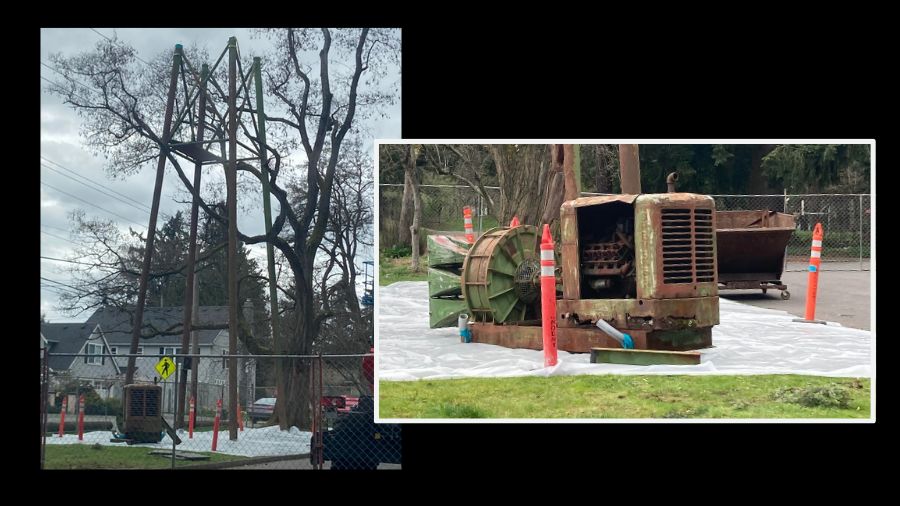Mysteries remain 75 years after Japanese attack on Columbia River
Jun 21, 2023, 6:45 PM | Updated: 6:55 pm
Originally published June 21, 2017
World War II came to the mouth of the Columbia River 75 years ago this week when a Japanese submarine fired on Oregon’s Fort Stevens. It was the first time that a mainland US military installation had come under enemy attack since the War of 1812.
And though hundreds of soldiers were ready to fire back within minutes of the first shot, American guns stayed silent throughout the 20- to 30-minute attack. All these years later, nobody’s sure exactly why that is.
“If the final report had ever been found, then we wouldn’t have all this speculation,” said historian David Lindstrom earlier this week. “There was a final report, but nobody can find it.”
Lindstrom has been studying what took place on the evening of Sunday, June 21, 1942 since the 1980s. He’s a retired teacher who lives in Gresham, Oregon who’s also the secretary-treasurer of the Friends of Old Fort Stevens, a not-for-profit group that supports the state park and presents programs there.
Lindstrom has read all the books and tracked down newspaper articles, and spoke with many of the men – now deceased – who were at Fort Stevens that night.
Seattle man was a key figure in the airship era
“You had 500 or 600 men who were chomping at the bit to fire their guns,” Lindstrom said.
It was a tense time, and not just for the men at Fort Stevens. The Japanese had struck the Navy base at Pearl Harbor a little more than six months earlier, drawing the US into World War II. All along the Pacific Coast that winter and spring, military and civilians had been preparing for the possibility of attack. By Executive Order, Japanese-Americans in Washington, Oregon, and California were incarcerated. Coastal defense installations and civil defense organizations went into a 24-hour operation.
The Japanese occupied part of Alaska’s Aleutian Islands in early June 1942. The first sign of maritime trouble closer to home came on June 7, when a merchant vessel called The Coast Trader was torpedoed and sunk by the Japanese submarine “I-26” not long after the ship had departed Port Angeles. For security and morale purposes, few details were shared by the media at the time, and most of what’s now known about The Coast Trader didn’t come out until after the war.
Then, on Saturday, June 20, the I-26 struck again. This time, the target was the lighthouse at Estevan Point on the west coast of Vancouver Island where the Canadian military also operated a radio station. Windows were broken out of the lighthouse, and no one was injured, but the news spread down the West Coast.
Around the same time Saturday night, a hundred or so miles south of Estevan Point, a merchant marine freighter that had just departed Victoria, BC was torpedoed and crippled off of Cape Flattery. News of that incident wouldn’t be reported in local newspapers until a few days later, and it wasn’t until after the war that the freighter was identified as the Fort Camosun, and the attacking vessel was identified as Japanese submarine “I-25.”
Meanwhile, it was a quiet weekend farther south down the coast at Fort Stevens.
The fort is on the Oregon coast just south of Astoria and about 15 miles of the resorts at Seaside. It originally dates to the Civil War, and it was named for Washington’s first Territorial Governor (and Civil War casualty) Isaac Stevens. The fort was equipped with the same kinds of 10-inch guns as those that remain at Fort Casey State Park on Whidbey Island.
David Lindstrom says that protecting the mouth of the river was the responsibility of three forts under a US Army hierarchy called the “Harbor Defense Command” or HDC. The Commander was named Colonel Carl S. Doney.
“You had Fort Stevens [on the Oregon side] which was the headquarters,” said Lindstrom. “And you had Fort Canby and Fort Columbia on the Washington side, but all three forts were under [Doney’s] command as the HDC.”
The first shots from the Japanese sub, later identified as the I-25 – the same sub that had attacked the freighter off of Cape Flattery the night before — were fired around 11:30 p.m. on Sunday night. Almost instantly, from various batteries and from multiple tents and barracks at the three forts, men tumbled out into the darkness — some wearing only their underwear – and got ready to repel the enemy. Most gun battery teams and searchlight operators were ready to go within minutes.
The best WA public service music made for (and paid by) the masses
“You can thank Colonel Irwin for that” rapid response, said David Lindstrom. Colonel Clifton S. Irwin, Lindstrom says, was an artillery commander and stern taskmaster who had been drilling and training his men for just such an occasion since before the war had started.
“The men were built up for possibility of an attack, and when the attack happened they were at their posts within moments and they wanted to fire back,” Lindstrom said.
But Colonel Irwin was away that night, and Colonel Doney refused to allow the men to fire.
For the next 20 to 30 minutes, the sub fired on the shore with its deck gun while tracking slowly north. It went past the south jetty at the mouth of the Columbia on the Oregon side, across the river toward the north jetty on the Washington side, and then turned left and headed west and out to sea.
“They were all calling in … pleading, begging” to be allowed to fire, Lindstrom said. Commander Doney refused, and threatened to court martial an entire regiment if anyone fired, Lindstrom said.
It’s unclear precisely why Doney refused to allow the men to fire on the sub. Colonel Doney later said that the sub was beyond the range of the HDC’s weapons and that firing back or turning on searchlights would only make the HDC an easier target. But several eyewitness reports gathered by David Lindstrom (and later given by the Captain Meiji Tagami of the Japanese sub) contradict Doney’s claims about the sub being too far away to hit.
“In the immediate aftermath of the attack, the military said that the sub was out of range, that’s why they didn’t return fire. And the men said, ‘No that’s not true, the submarine was in range,’” Lindstrom said.
“As time has gone on, other researchers have realized that yes, the submarine was probably in range,” Lindstrom said. “And Captain Tagami, who survived the war, told another Oregon researcher, [the late] Bert Webber, that [the sub] was at the 10-fathom line or 60 feet of water.”
That’s significant, says David Lindstrom, because it confirms what eyewitnesses told him, and contradicts Colonel Doney’s contemporaneous remarks.
The 10-fathom line is “only 4,000 yards from the shore, and the guns actually had a range of about 14,000 to 17,000 yards,” Lindstrom said.
Why, then, wouldn’t Colonel Doney allow the men to fire? Lindstrom’s theorizes that Doney felt a need to exert control over the National Guard soldiers – the regular citizens – under his command.
“There was tension between the National Guardsmen and the regular Army, there was tension there at the fort,” Lindstrom said. “The regular Army looked down on the National Guardsmen as being farmers and not as well educated, whereas the regular Army guys were [generally] a little better educated … so there was tension there.”
“At the time, most of the battery commanders were former Oregon National Guardsmen of the 249th Coast Artillery,” Lindstrom said. “And they’re the ones who were calling in, begging to return fire.”
The 249th was the specific group that Colonel Doney had threatened, during the attack, to court martial.
“One thought that I had is that Doney simply wanted to show who was boss,” Lindstrom said. “He knew there was not an armada over the horizon. He knew it was a lone submarine. He knew that. And he felt perhaps, ‘Well, this is my time when I can show that I am really the commander here and that I’m the boss.’”
Lindstrom says the episode took its toll on morale at Fort Stevens.
“Having really received no satisfactory answer for why they weren’t allowed to attack, the men were a little disgruntled,” Lindstrom said. “Had [Colonel Irwin] been on duty, it’s speculated that he would not have hesitated to order return fire.”
Fortunately, the sub did no damage at Fort Stevens or anywhere around the mouth of the Columbia.
“There wasn’t any damage done to infrastructure – basically, there were just craters in the sand,” Lindstrom said. “They came very close to Battery Russell, though, and that was concerning that they got as close as they did with their shelling.”
After the war, researchers learned that the intent of the Japanese attack was to unnerve Americans and maybe force them to keep more military assets stateside rather than ship them to battlefields in the Pacific. Even isolated attacks such as what happened at Fort Stevens and the American “Doolittle Raid” on Japan tended to have effects on civilians and the military.
Lindstrom says that American authorities put the Japanese attack to work in support of civilian defense efforts on the homefront.
“The main thing that the attack was used for was to get people to volunteer to become observers of aircraft,” Lindstrom said. “They had little huts all up and down the coast and in the Coast Range to observe for any enemy aircraft that might come over.”
One other mystery around the attack on Fort Stevens is the total number shells fired by the I-25’s deck gun. In the aftermath, the Army maintained that the sub fired only nine times. Lindstrom says he’s collected eyewitness accounts and evidence from the Japanese that the sub fired 17 times, but not all 17 shells actually exploded.
“For all we know, there might be a couple others still buried in the sand somewhere,” said Lindstrom. “That’s entirely possible.”
Will we ever know what really happened that night 75 years ago?
“The only way you’ll find out is if somebody will uncover the final report that Colonel Doney wrote. I’ve never been back to Suitland, Maryland, myself to the archives where it would be if it exists,” Lindstrom said. “But I’ve hired somebody to look for it, I know people who’ve looked for it, and way back when, the historian for the Corps of Engineers, the Portland office, he looked for it.”
“Believe me, a lot of people have looked for this final report,” Lindstrom said. “But nobody’s found it.”
Lindstrom also says that after the attack on Fort Stevens, the I-25 wasn’t done harassing the West Coast. After returning to Japan, the sub came back later that summer.
“The same sub that attacked Fort Stevens in June went down to Brookings in September,” Lindstrom said.
More from Feliks Banel: Solving the 1870s photo mystery of Lake Washington coal shipping
The sub launched an amphibious plane, and the two-man crew headed east into the forests of southern Oregon to wreak havoc, “dropping incendiaries trying to set the woods on fire,” Lindstrom said.
But the mission was defeated by the one thing beyond anyone’s control here in the Pacific Northwest.
“As luck would have it, it rained the night before … and it all kind of fizzled out.”
Less than a year later, the I-25 – with a new crew – was sunk by the destroyer USS Ellet in the South Pacific near what’s now called Vanuatu. All hands were lost.
Editor’s Note
David Lindstrom and the Friends of Old Fort Stevens will observe the 75th anniversary of the attack with a special program at the park south of Astoria, Oregon on June 21 from noon to 4 p.m. Lindstrom will be stationed near Battery Russell with interpretive displays he’s created, and will happily talk about his research into what happened on that long-ago night at the mouth of the Columbia River.
You can hear Feliks every Wednesday and Friday morning on Seattle’s Morning News with Dave Ross and Colleen O’Brien, read more from him here, and subscribe to The Resident Historian Podcast here. If you have a story idea, please email Feliks here.








